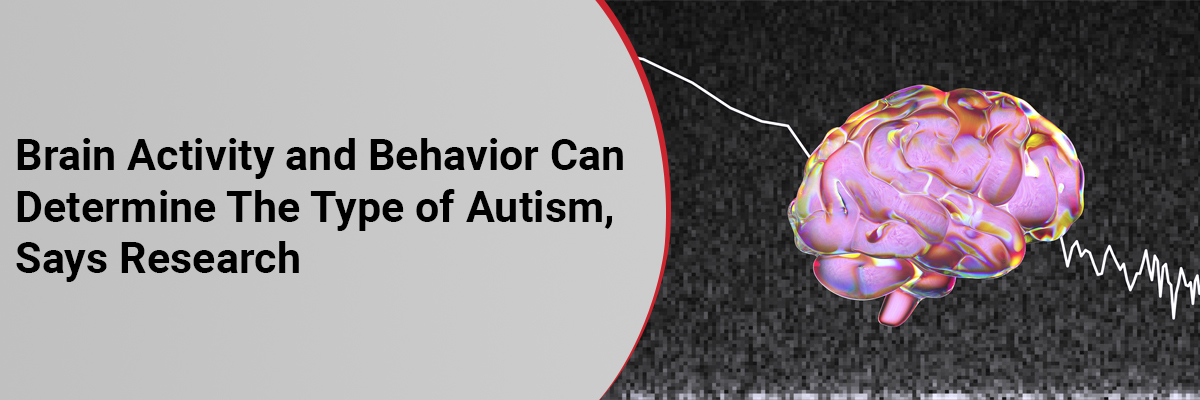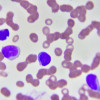
 IJCP Editorial Team
IJCP Editorial Team
Brain Activity And Behavior Can Determine The Type Of Autism, Says Research
Researchers have found evidence of four distinct subtypes of autism based on brain connectivity and behavior deeply associated with varying levels of verbal ability, social effect, and repetitive or stereotypic behaviors. They discovered brain connection patterns clinked to certain behavioral traits in people with autism.
The study carried out by Weill Cornell Medicine researchers and published in Nature Neuroscience, identified four distinct subtypes of autism spectrum disorder based on analysis of neuroimaging data from 299 people with autism and 907 people without the condition. Using machine learning, the researchers were able to classify the participants according to brain activity and behavior. Additionally, they pinpointed differences in regional gene expression and protein-protein interactions that could explain the differences in brain and behavior among the subtypes.
Dr. Conor Liston, an associate professor of psychiatry and neuroscience in the Feil Family Brain and Mind Research Institute at Weill Cornell Medicine, noted that "like many neuropsychiatric diagnoses, individuals with autism spectrum disorder face a variety of challenges in the areas of social interaction, communication, and repetitive behavior." He added, "While researchers believe there are likely many types of autism spectrum disorder that require different treatments, no consensus has been reached on how to define them. Our work will bring a new approach to identifying subtypes of autism that could potentially lead to improved diagnosis and treatment in the future."
The study revealed that the two groups exhibited distinct profiles of verbal intelligence and social deficits. The group with more social impairment had hyperactive connections between the parts of the brain responsible for processing visual information and recognizing the most important incoming information. In contrast, the group with more repetitive behaviors had weak connections in these same areas. Additionally, the two subgroups had similar behavioral traits, such as severe social impairments and repetitive behaviors, but their verbal abilities varied significantly. Upon further investigation, the investigators found that the brain connection patterns of the two subgroups were entirely dissimilar.
The team further analyzed gene expression to investigate the atypical brain connections observed in each subgroup and identified numerous genes previously linked to autism. Moreover, they looked at the interactions between proteins associated with the atypical brain connections and found that oxytocin was a hub protein in the subgroup of individuals with more social impairment but fewer repetitive behaviors.
The team has successfully verified their results on a second human dataset, uncovering four distinct subgroups. This provides a deeper understanding of the intricate and diverse nature of autism. To further validate their findings, they conducted a text-mining analysis of biomedical literature which indicated that other studies had identified the same behavioral traits associated with the autism-linked genes associated with the same subgroups.
To investigate these subgroups and potential treatments in a mouse model, the team is working together with other research teams that have large datasets. Additionally, they are also striving to refine their machine-learning techniques by making them more cluster-aware.

IJCP Editorial Team
Comprising seasoned professionals and experts from the medical field, the IJCP editorial team is dedicated to delivering timely and accurate content and thriving to provide attention-grabbing information for the readers. What sets them apart are their diverse expertise, spanning academia, research, and clinical practice, and their dedication to upholding the highest standards of quality and integrity. With a wealth of experience and a commitment to excellence, the IJCP editorial team strives to provide valuable perspectives, the latest trends, and in-depth analyses across various medical domains, all in a way that keeps you interested and engaged.




















Please login to comment on this article